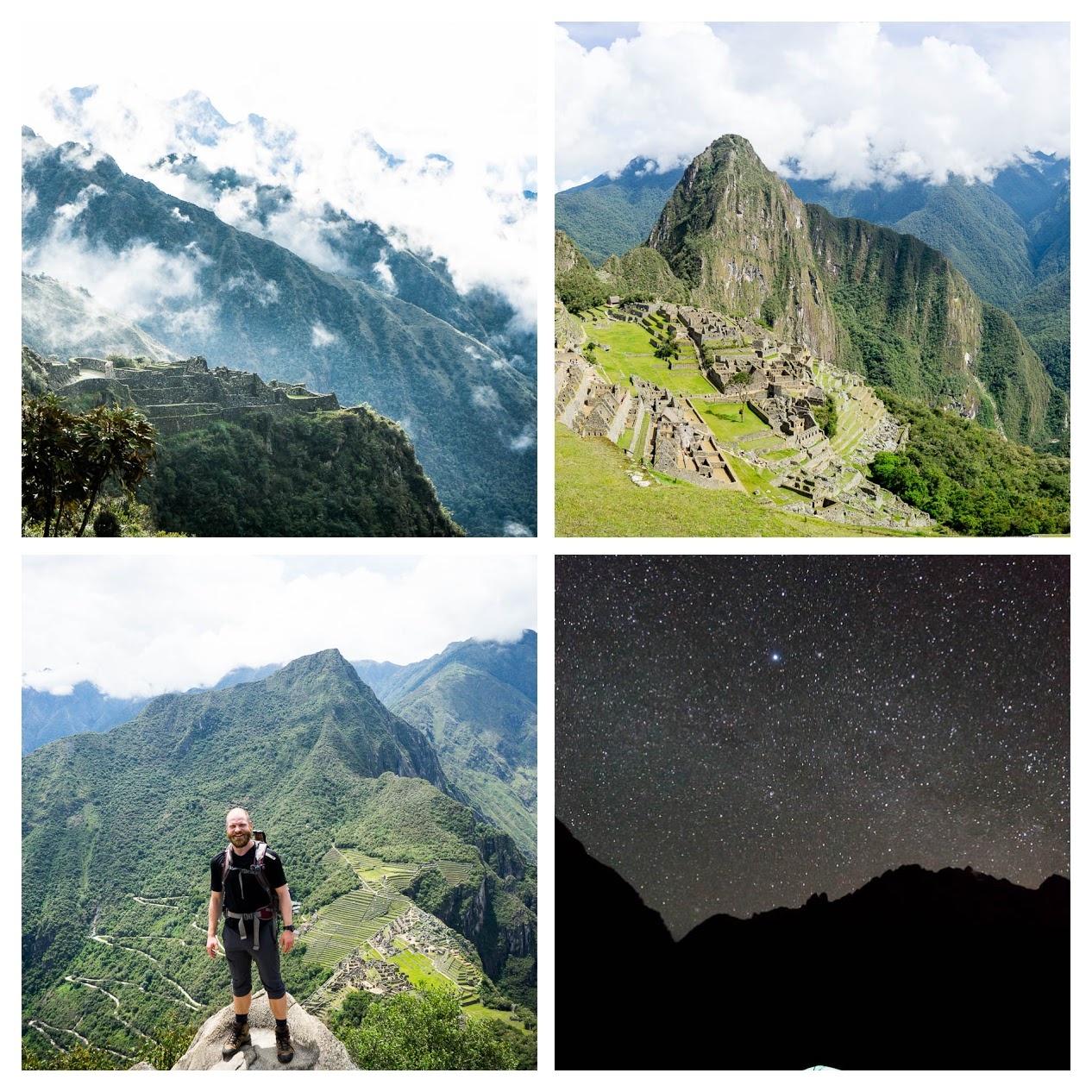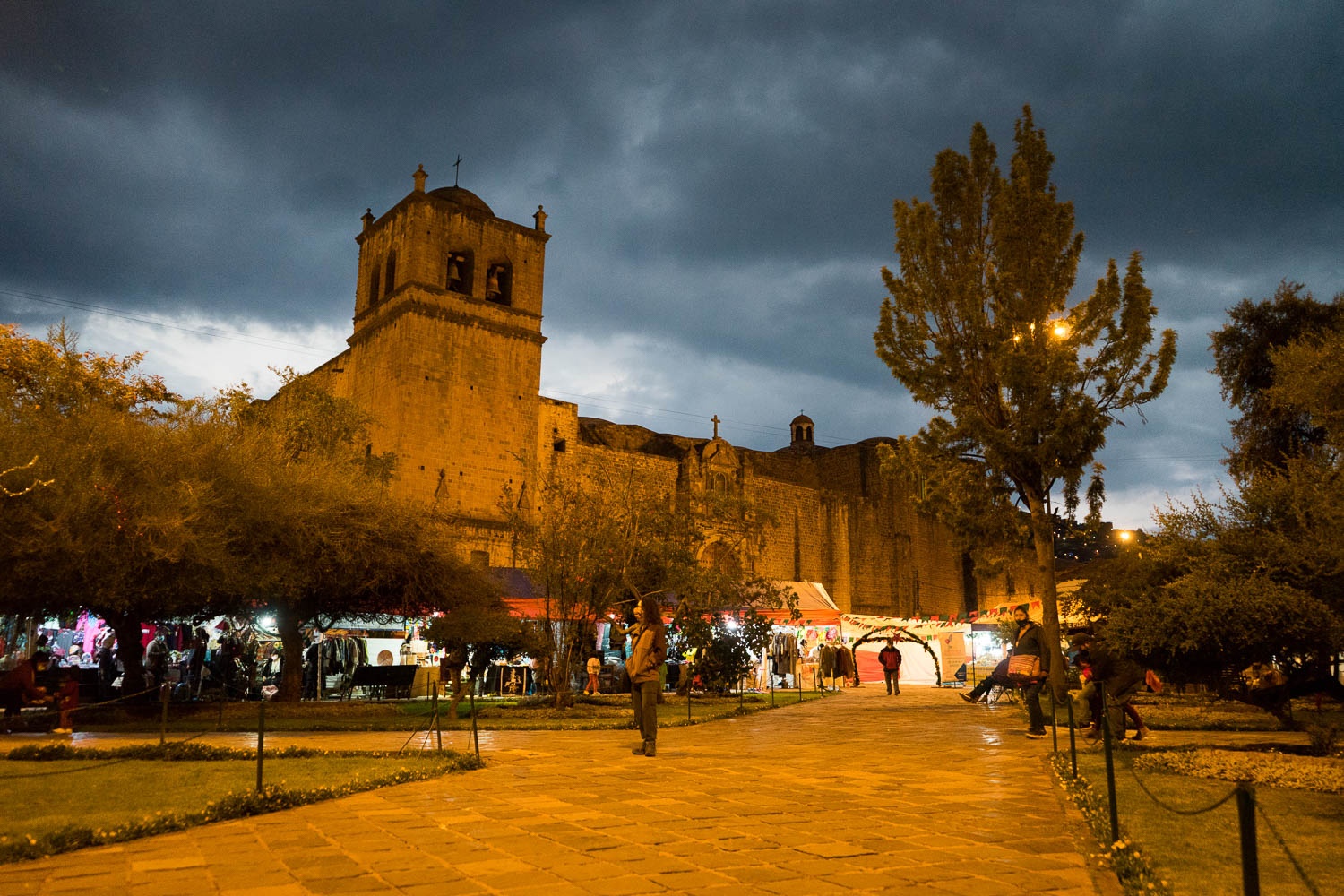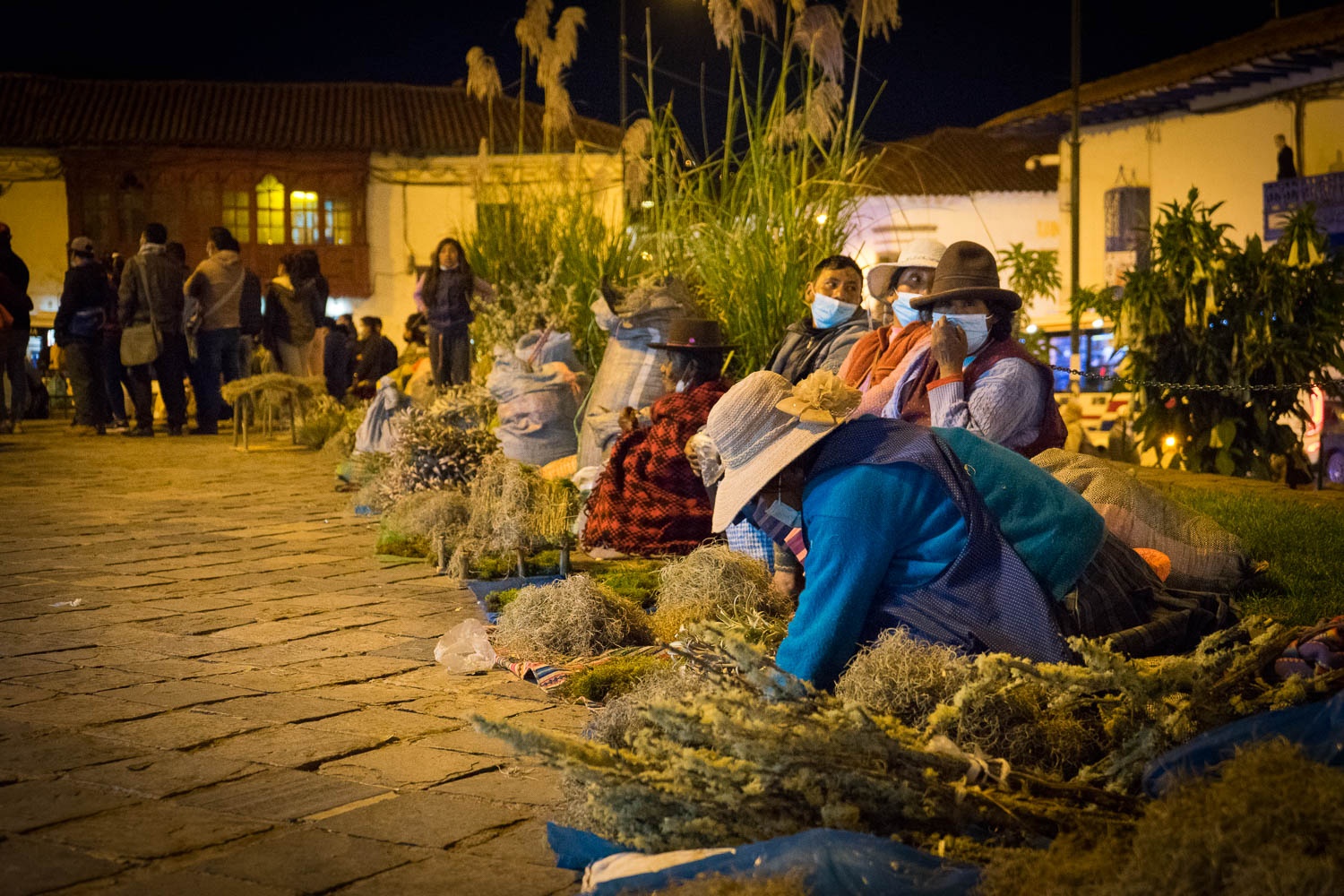
Traveling around Cusco, Peru
Cusco, is the regional hub near the Urubamba Valley of the Andes, and the starting point for many adventures near the city, of which easily the most popular is Machu Picchu.

I spent just shy of two weeks there while I traveled around those sights. I’ve written up separate posts about the highlights of the trip including…
Hiking the Inca Trail to Machu Picchu:

Riding around the highlands on a Honda Africa Twin:

Hiking up to Vinicunca, the Rainbow Mountain:

Cusco itself is worth mentioning, too, so I wanted to tie things together in this post. Cusco is an old city, with much of its infrastructure being built by Spanish Conquistadores on top of older Inca foundations. The streets around the city center are narrow and mostly one-way:

Often it feels like this infrastructure is creaking, and the city drowning in smog and pollution from old diesel-burning cars that are far too many for its narrow streets. We visited the city in December 2021, and were told that the visitor numbers were lower than normal due to Covid… I struggle to imagine how bad it must normally be. The city has a population of around 430,000, and usually welcomes about 2 million tourists per year.
As a result of those reduced Covid numbers, it sometimes felt like we were the only people in some of the hotels we stayed in:

The produce in supermarkets in town was often old and unimpressive, but there was always good fresh produce available in little stalls around town:







These cholitas are obviously walking the streets of Cusco in search of tourists who want to get a picture with them for a small tip, but the same dresses are routinely worn by locals outside of the city on a daily basis. See, for example, this photo from the countryside.




There was a noticeable number of street dogs in Cusco, but unlike the street dogs in, say, the Philippines, these all looked healthy and well-fed, and were treated well by the locals.
Also interesting is that everyone here kept their dogs off-leash all the time, even when walking through a busy plaza or a narrow sidewalk next to a busy street. The dogs were all well-trained, and this expectation and responsibility understood by all. It worked well - I saw no dog-behavior issues during my entire time here.
This was a pleasant contrast to the US. One time I took a happy pack of 5 dogs (4 them puppies a few months old) jogging through a park, and took all of them off the leash. They all kept to within a few yards of me, and we were having a jolly old time, and happily letting everyone around us get with their business… until a police officer stopped me.
The officer reminded me that my dogs were, in fact, supposed to be on a leash, but he was also convinced by the overwhelming love emanating from our pack that he did not give me a ticket. During our pleasant conversation, he told me that most of the dog bite incidents police get called to are with dogs that were on a leash - dogs whose owners had no clue what they were doing, who did not train their dogs properly. This leads to dogs who have very little confidence in themselves and lash out.
We could learn some things from our Peruvian friends here.
Thanks for a great time, Peru!
Comments